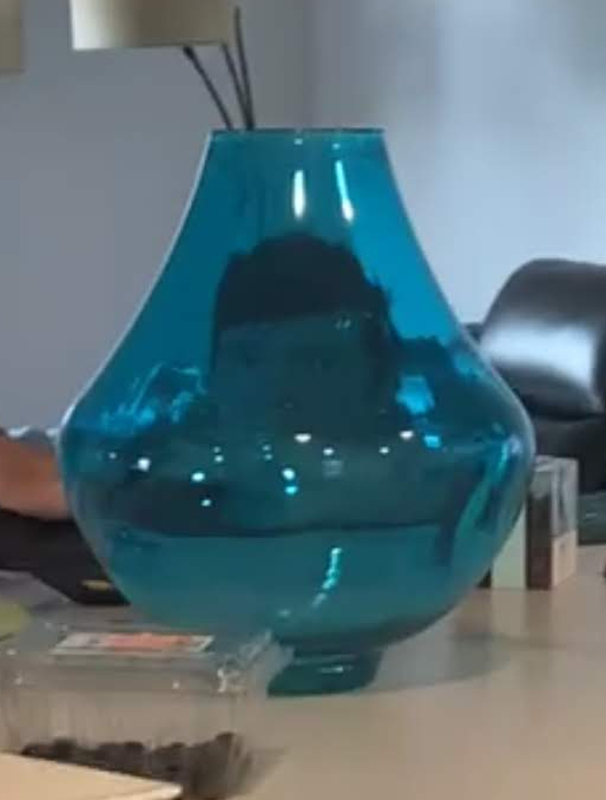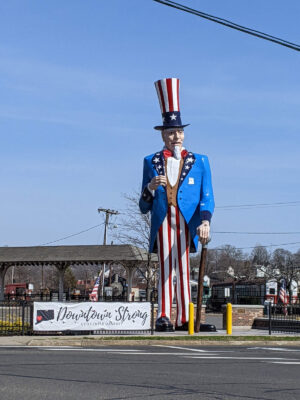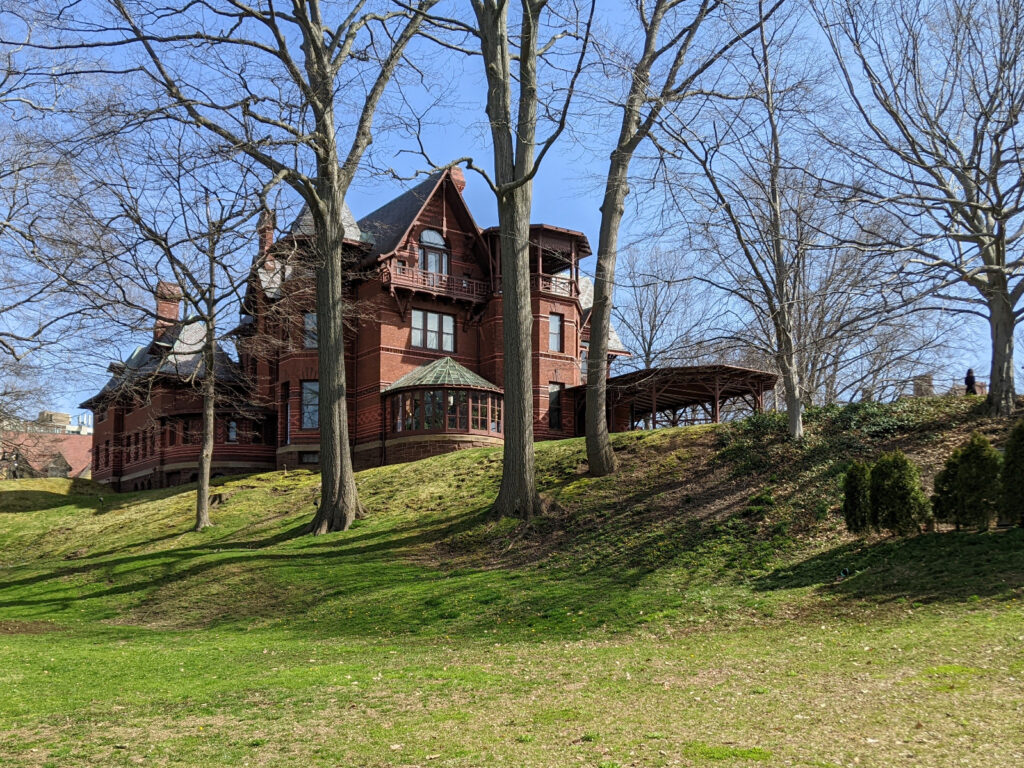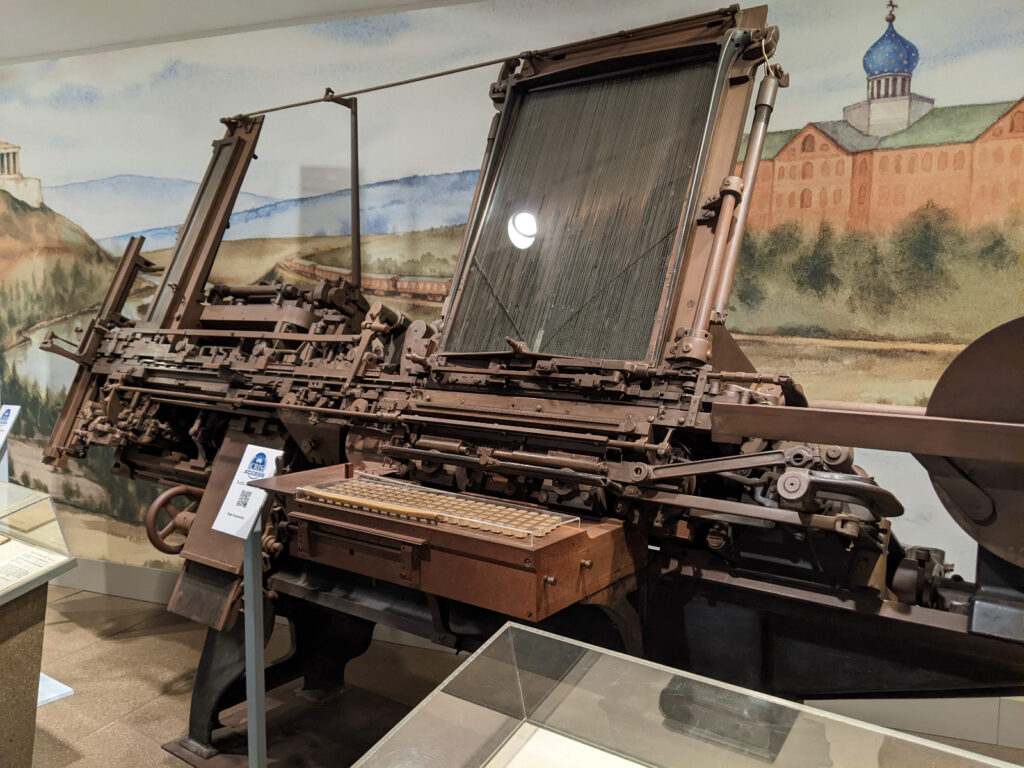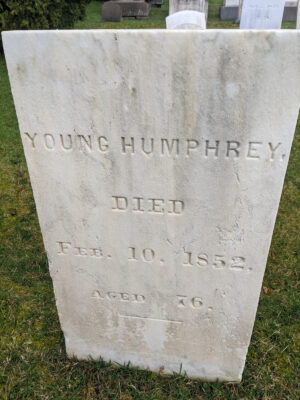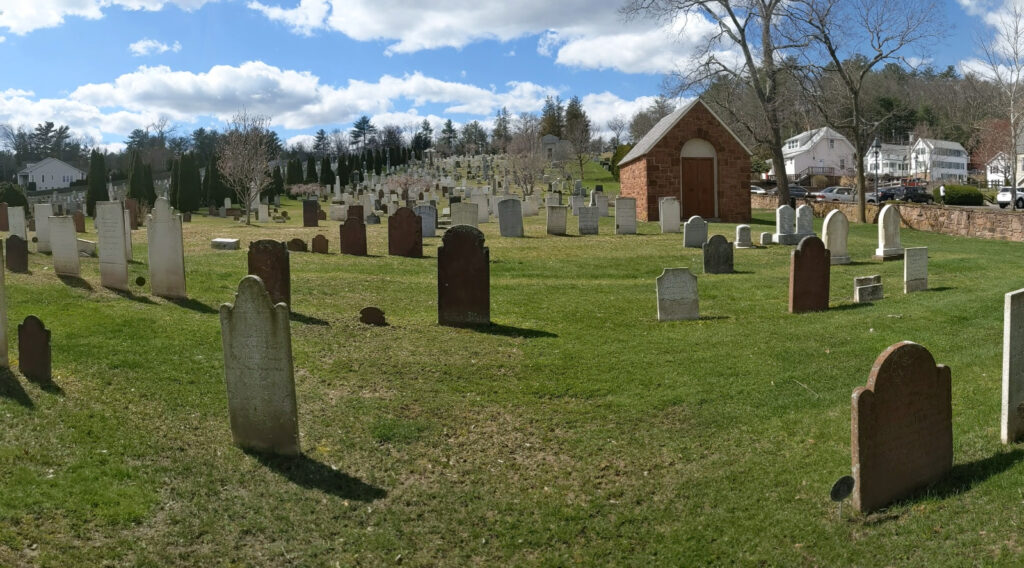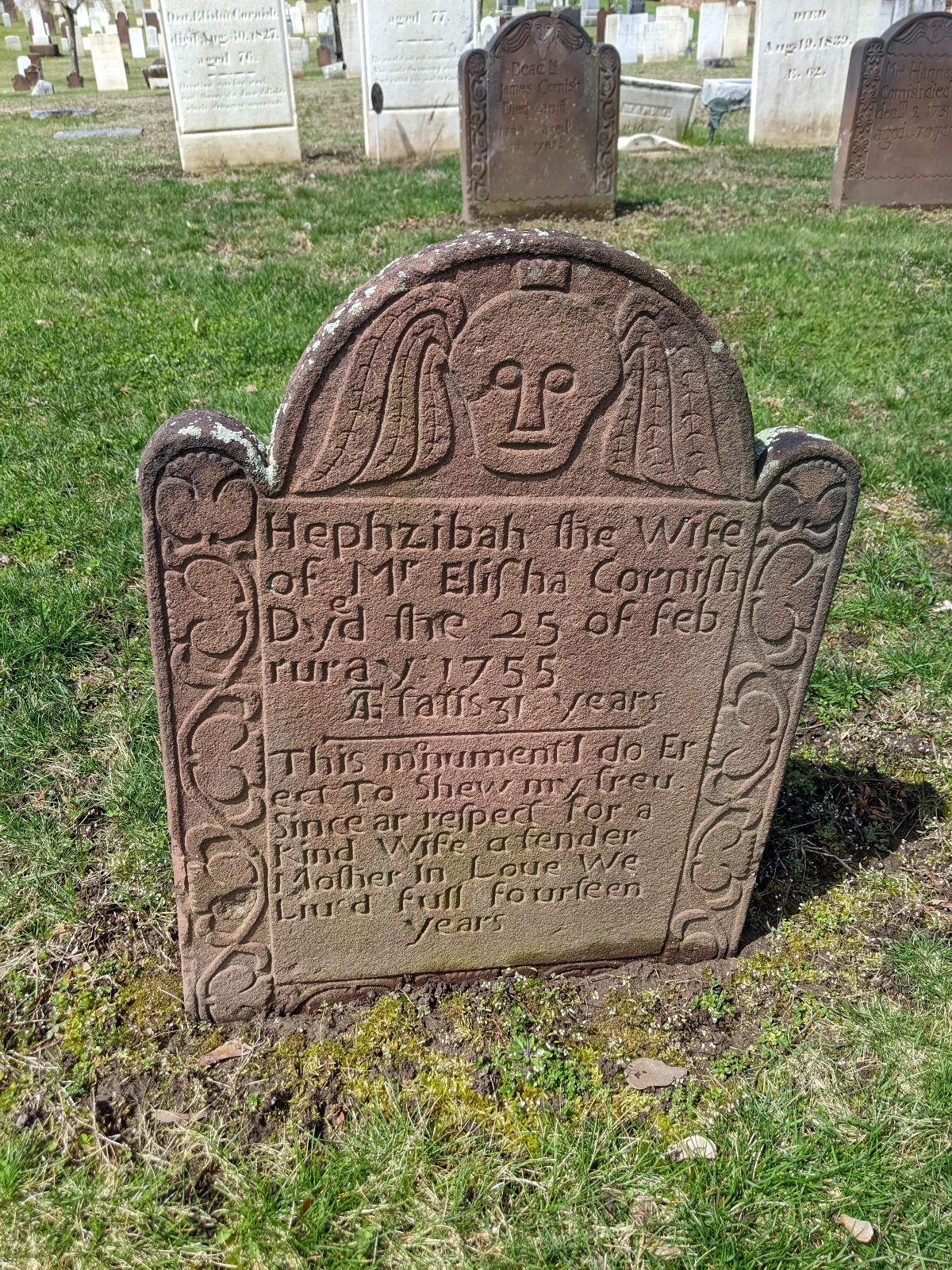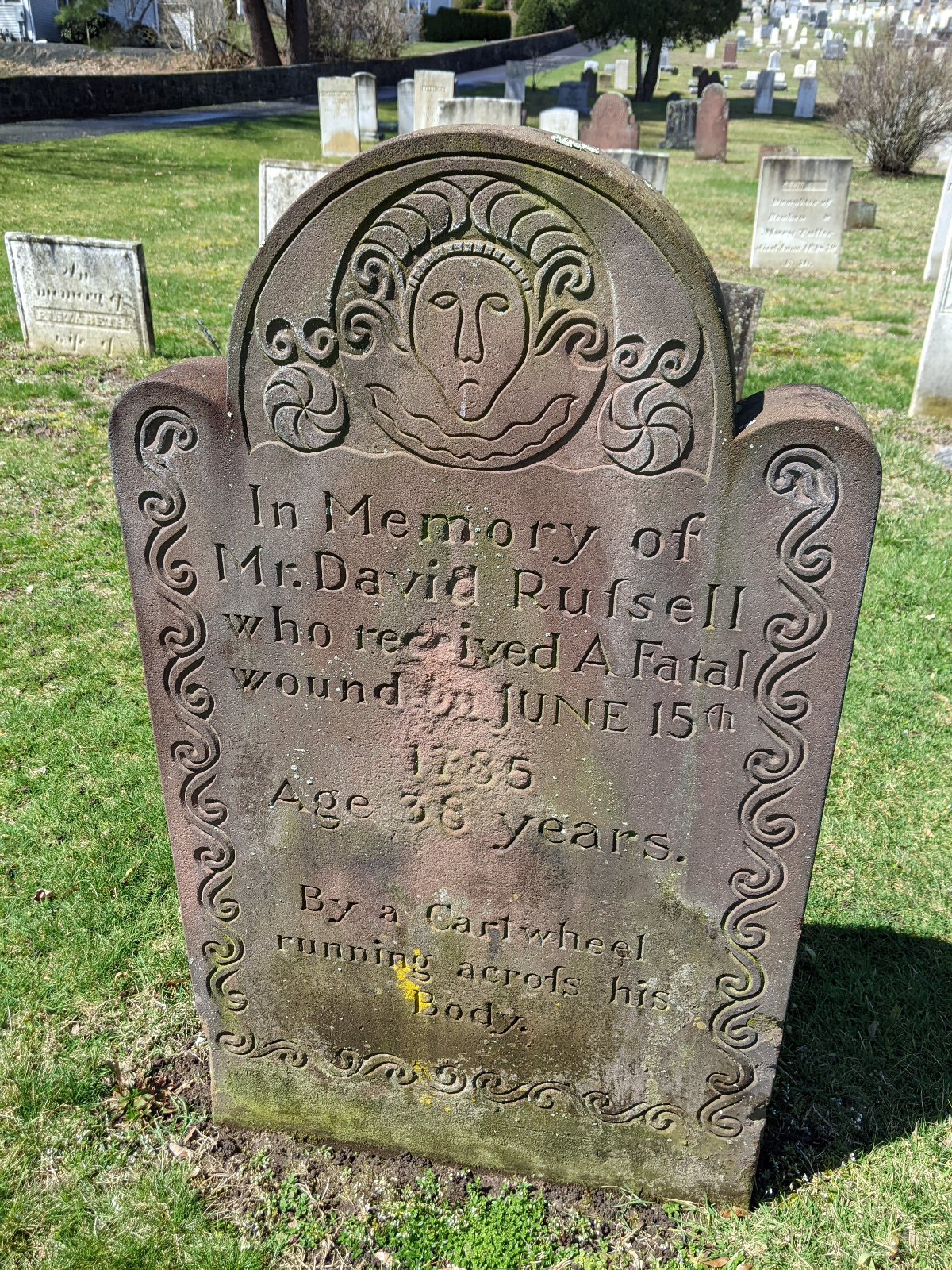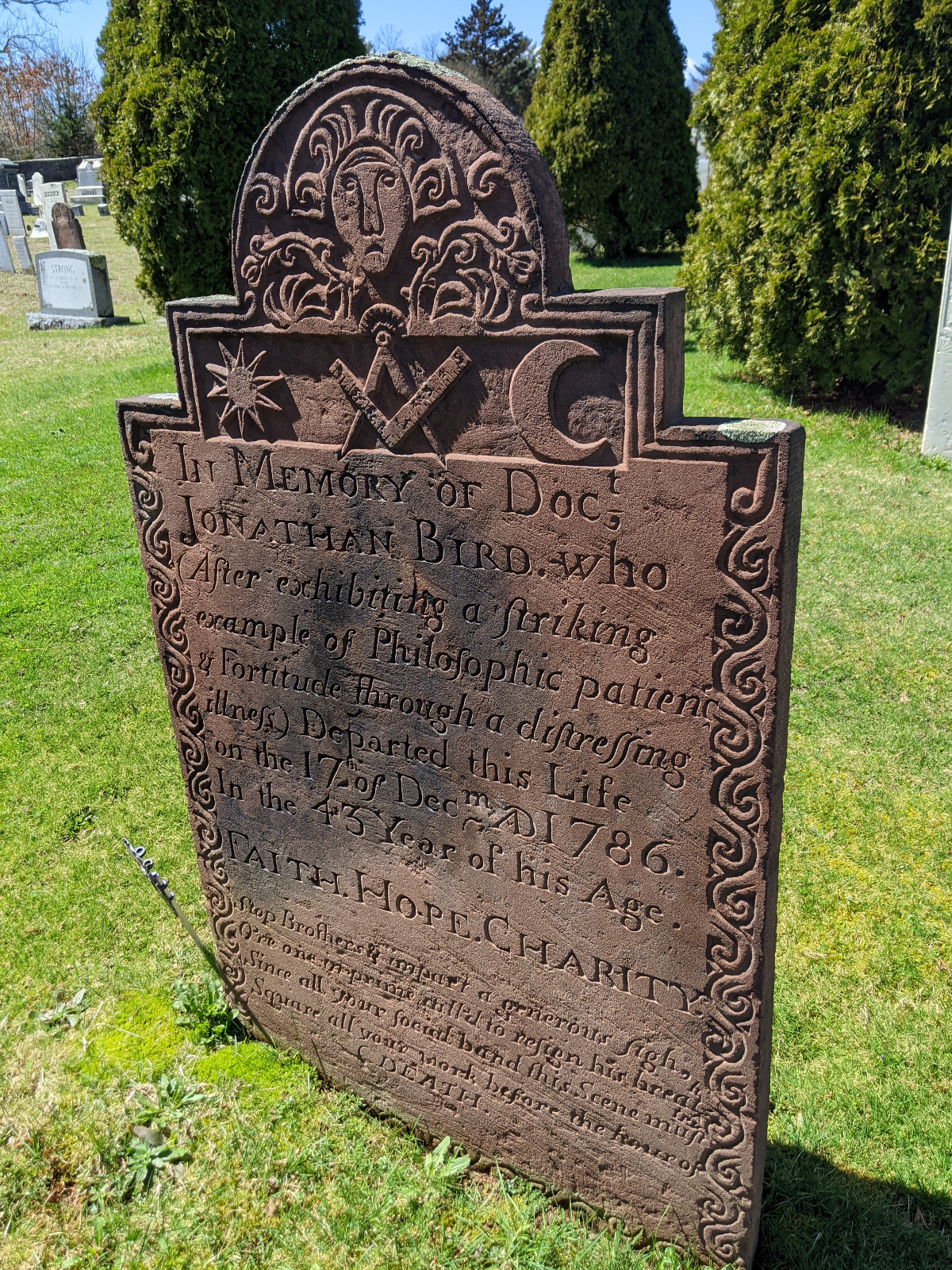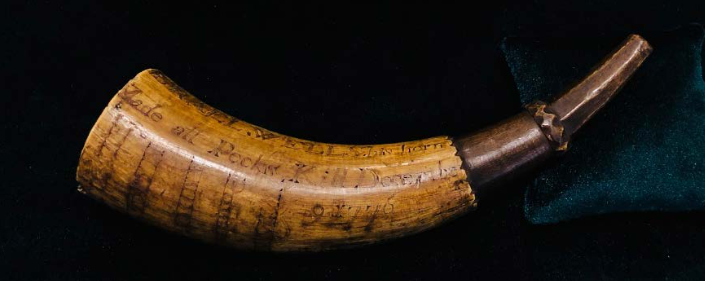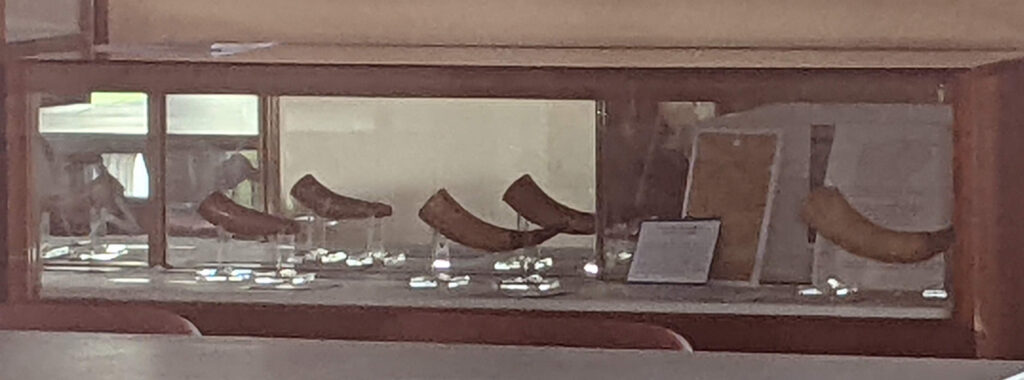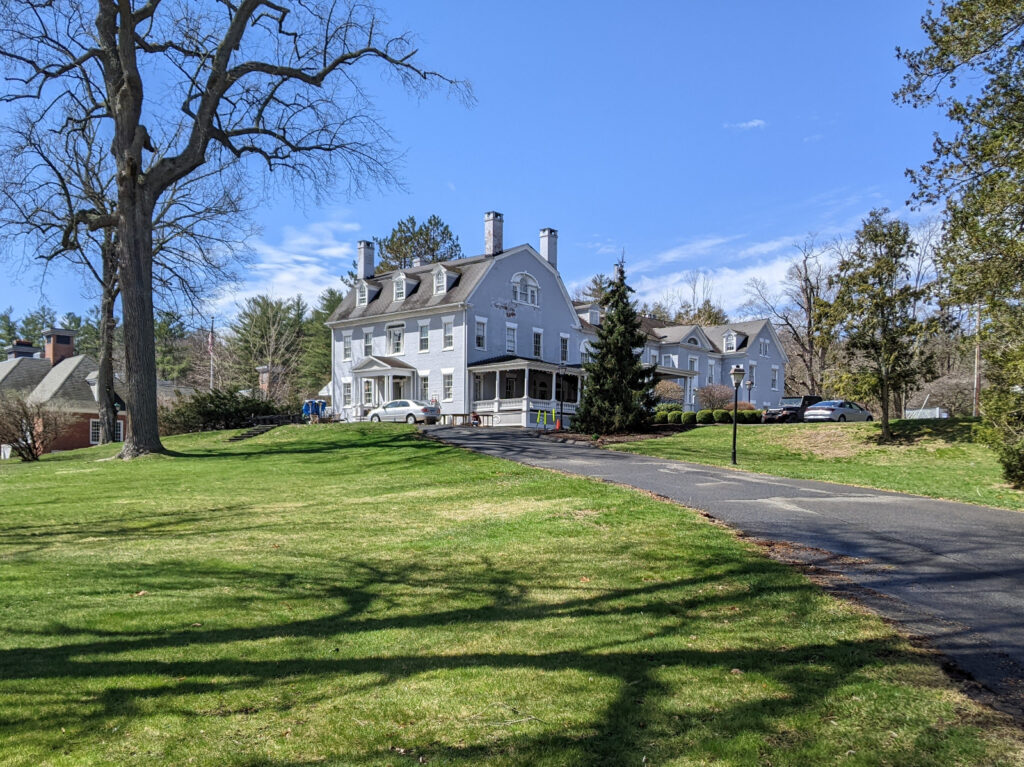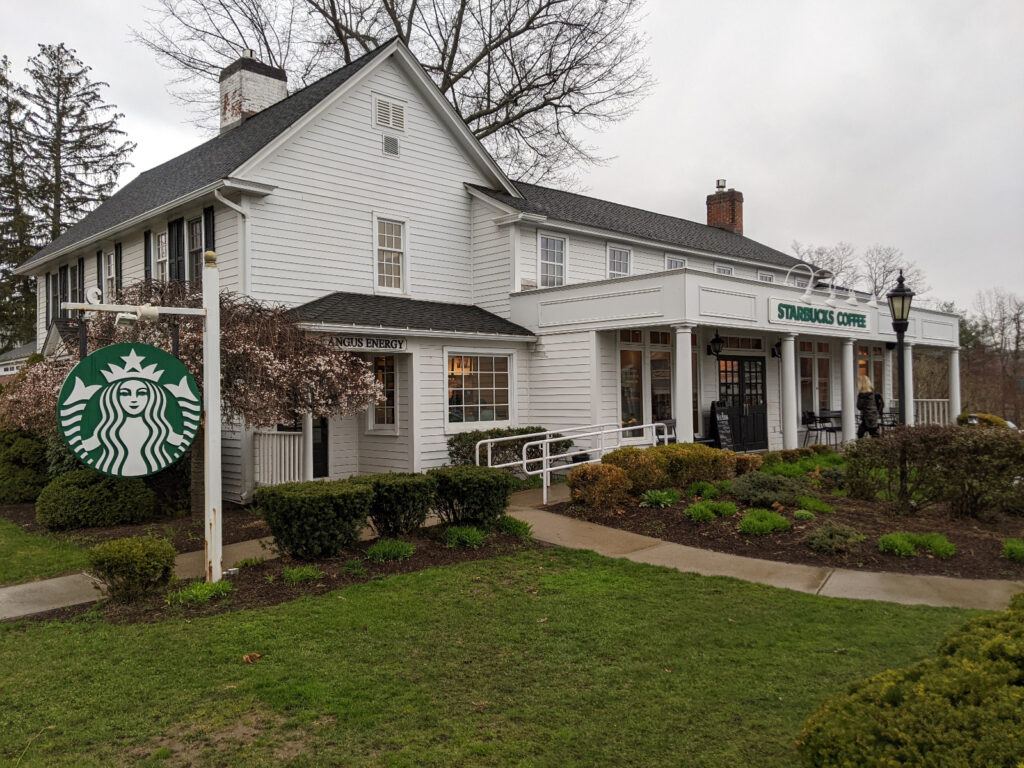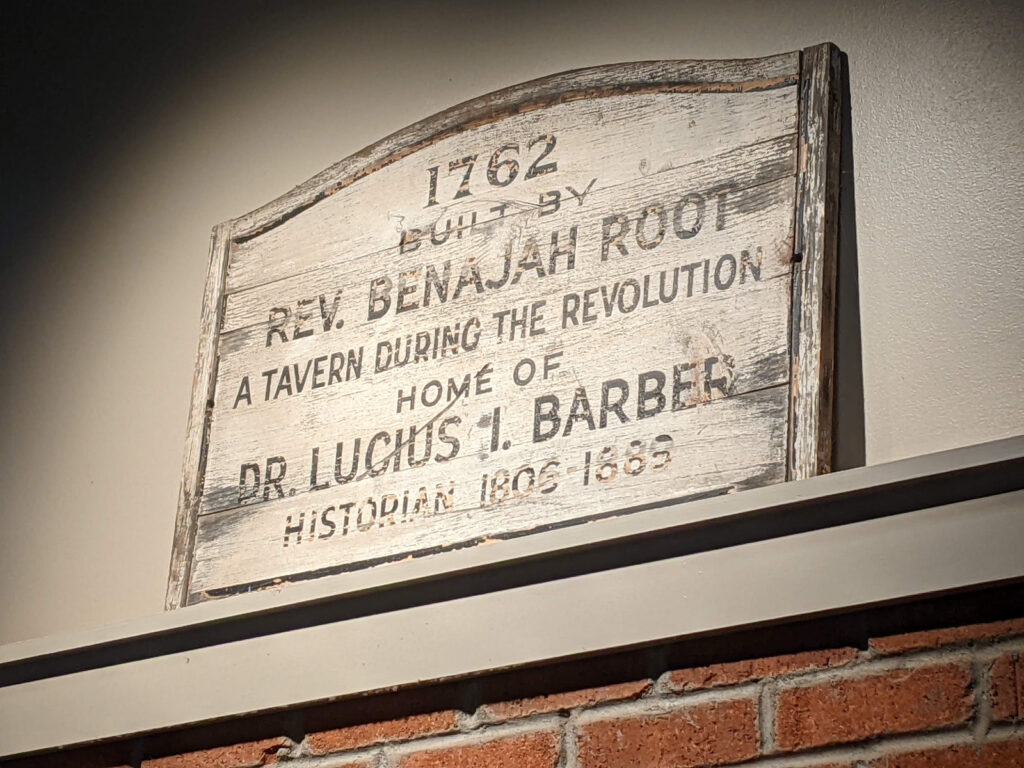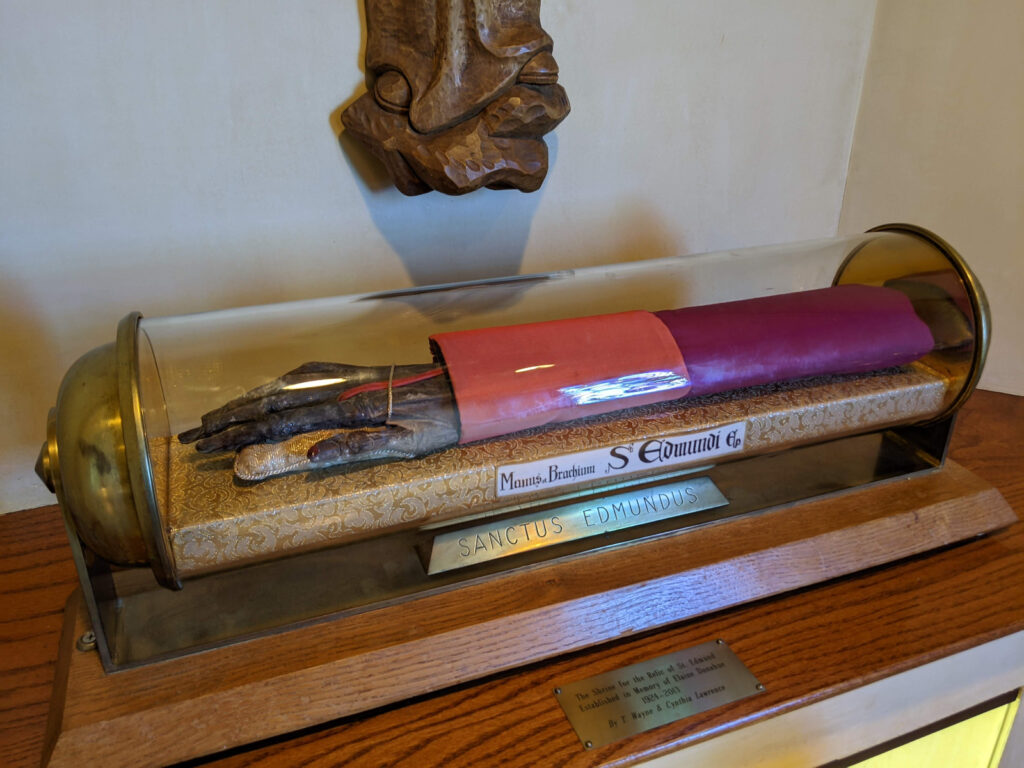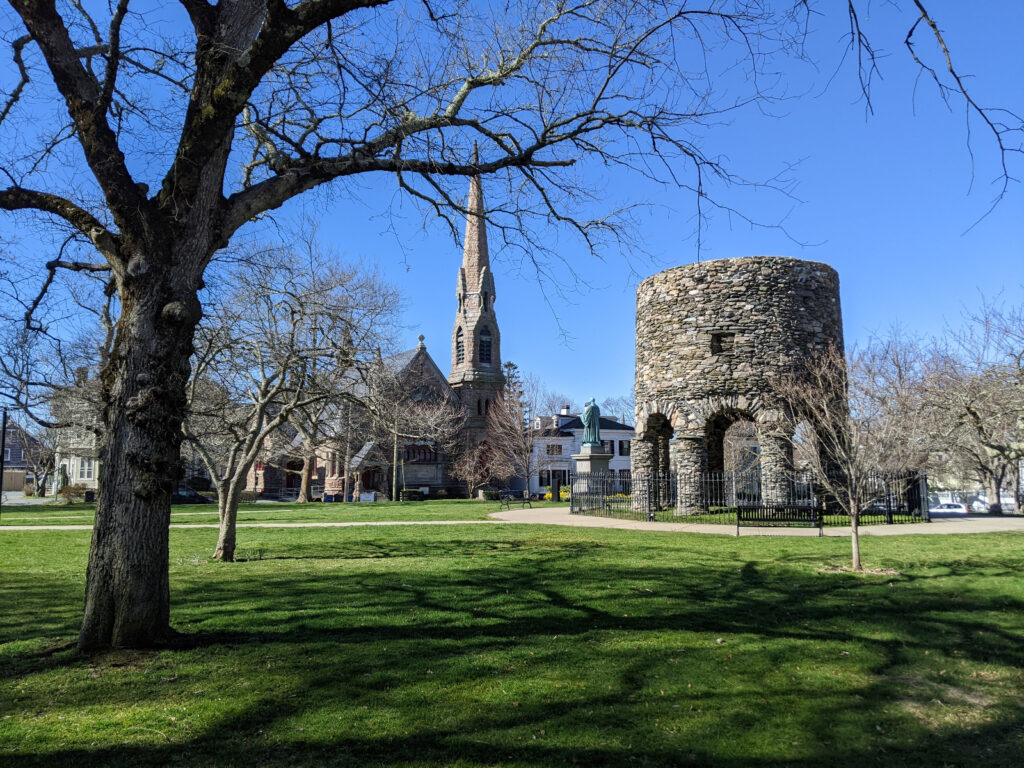I arrived at the Airbnb in Highland at 6:00, and everyone else had an ETA of 7:30, so I walked to Poughkeepsie across a former railroad trestle that’s been repurposed as the Walkway Over the Hudson.
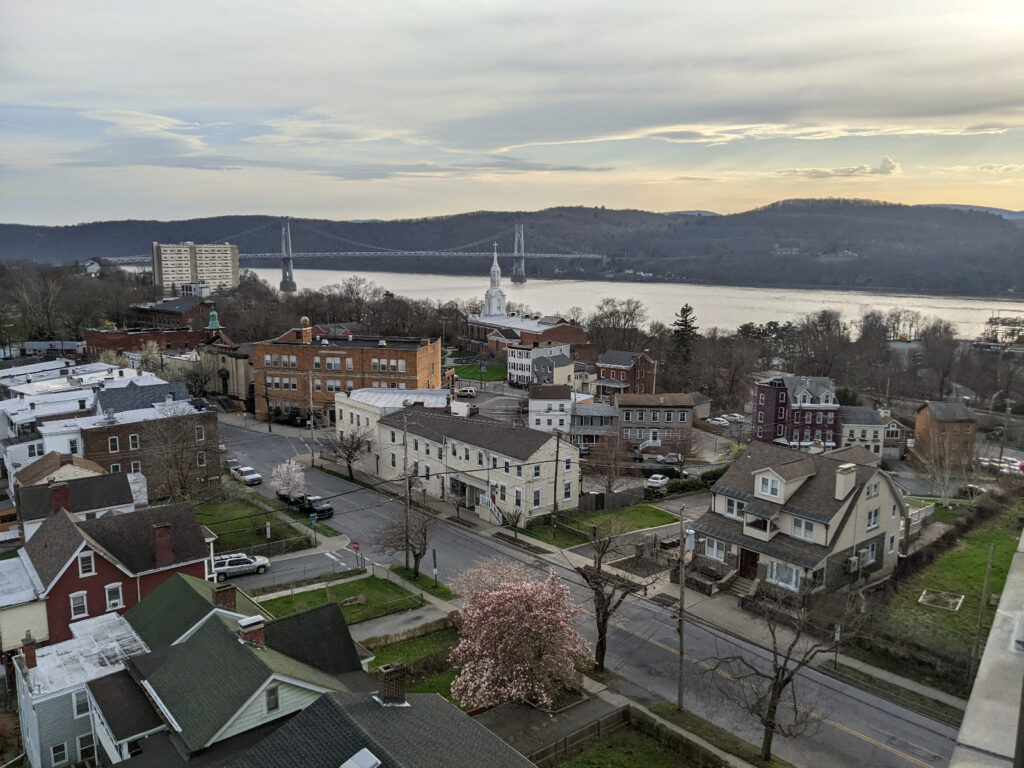
The Airbnb is a newly renovated house right on the river. Deer roam around outside. It’s quiet and peaceful, except for the trains that pass by every two to three hours, 24 hours a day.

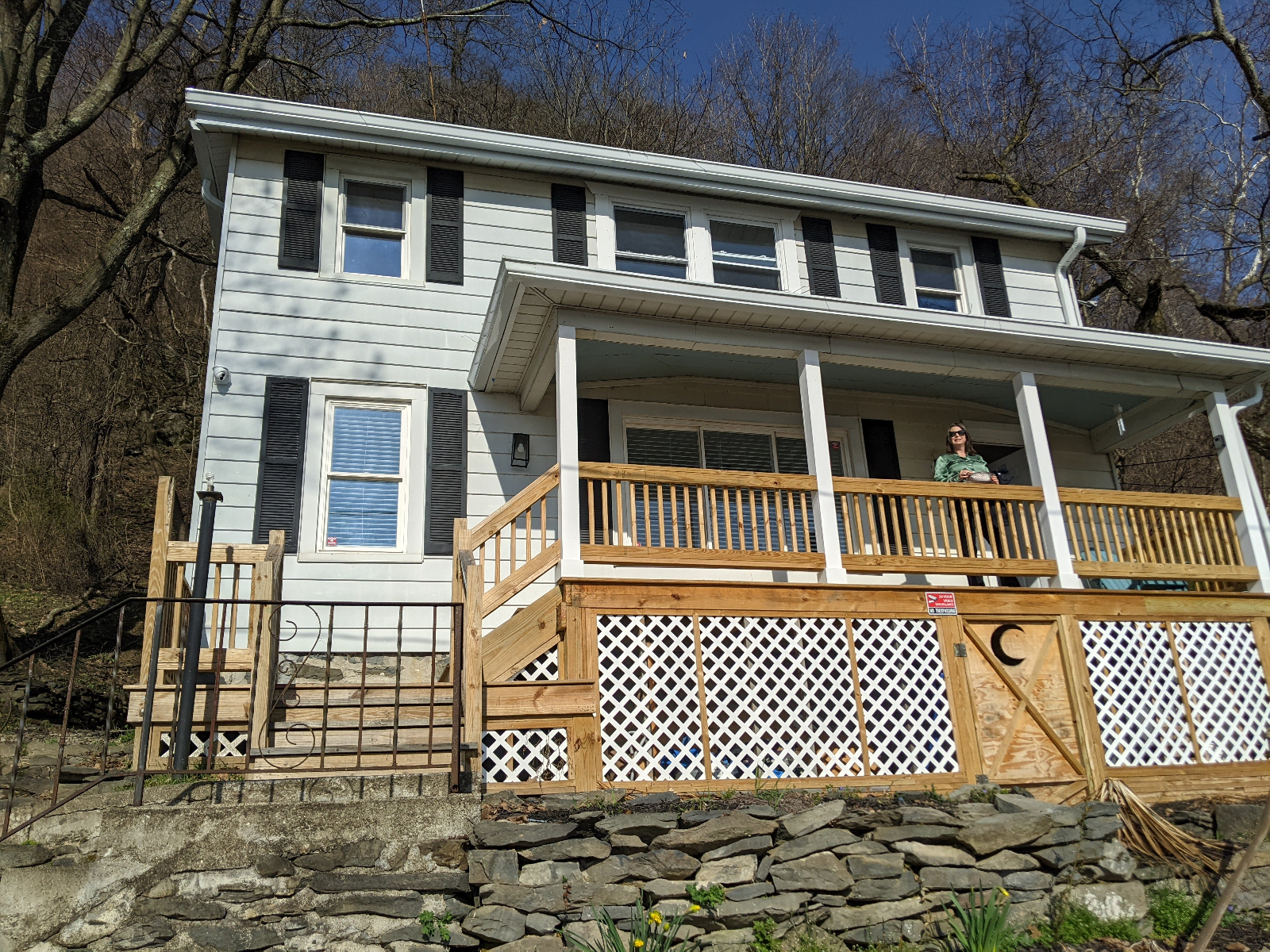
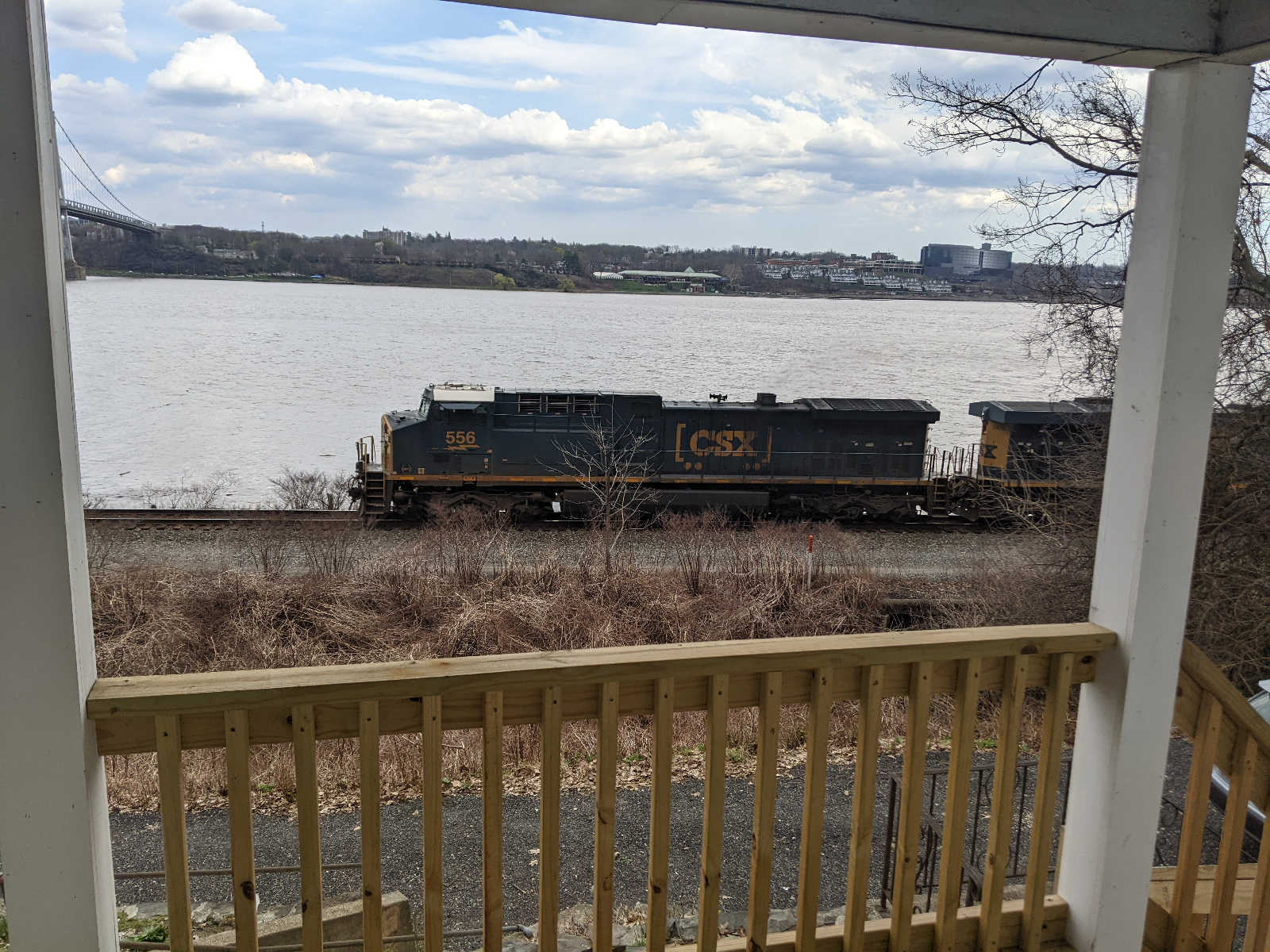
The first night was Anna’s final night working at the restaurant on campus. We had dinner there and sat where we could make faces at her through the glass (aka the fishbowl). There were many desserts.
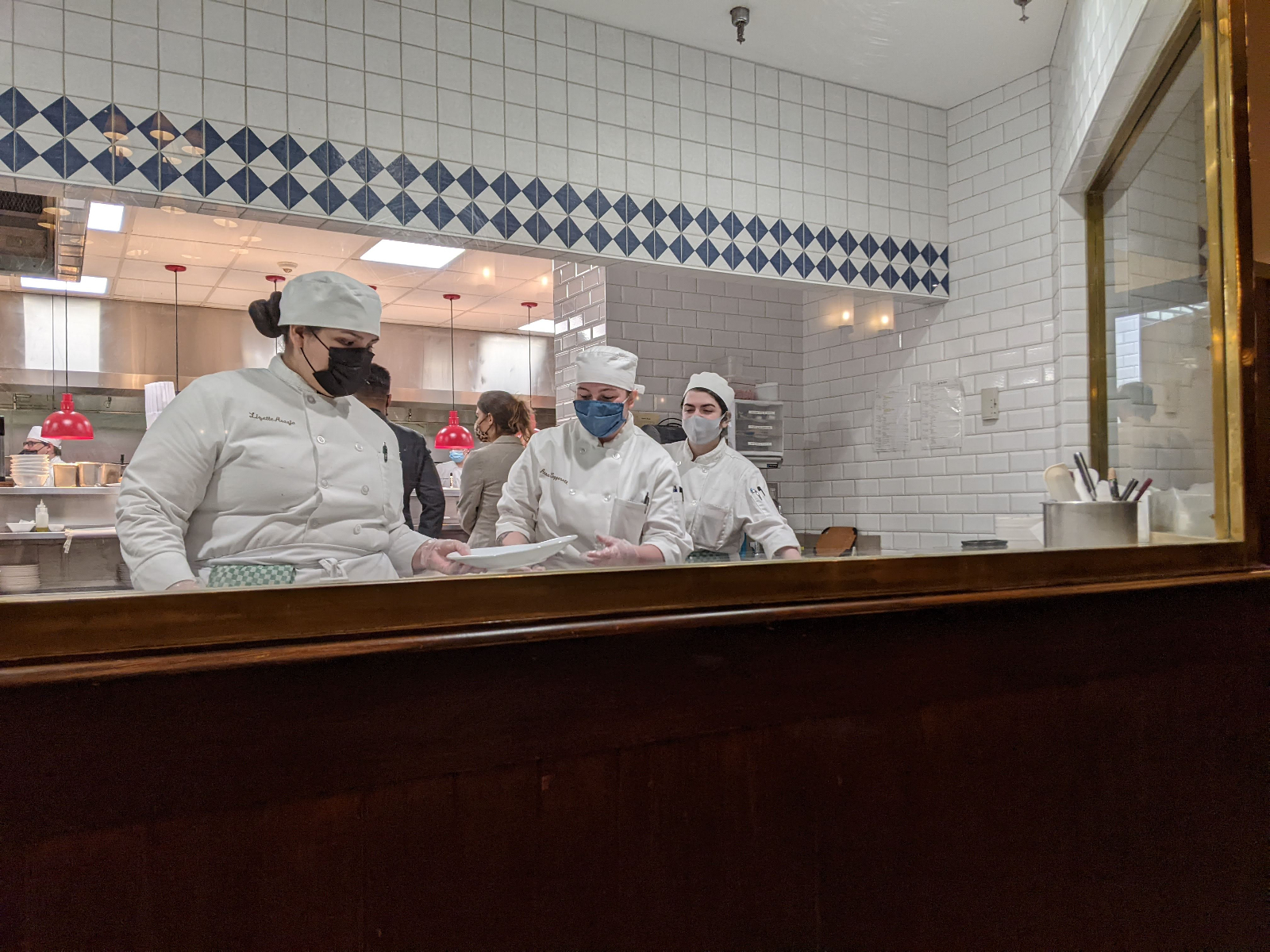
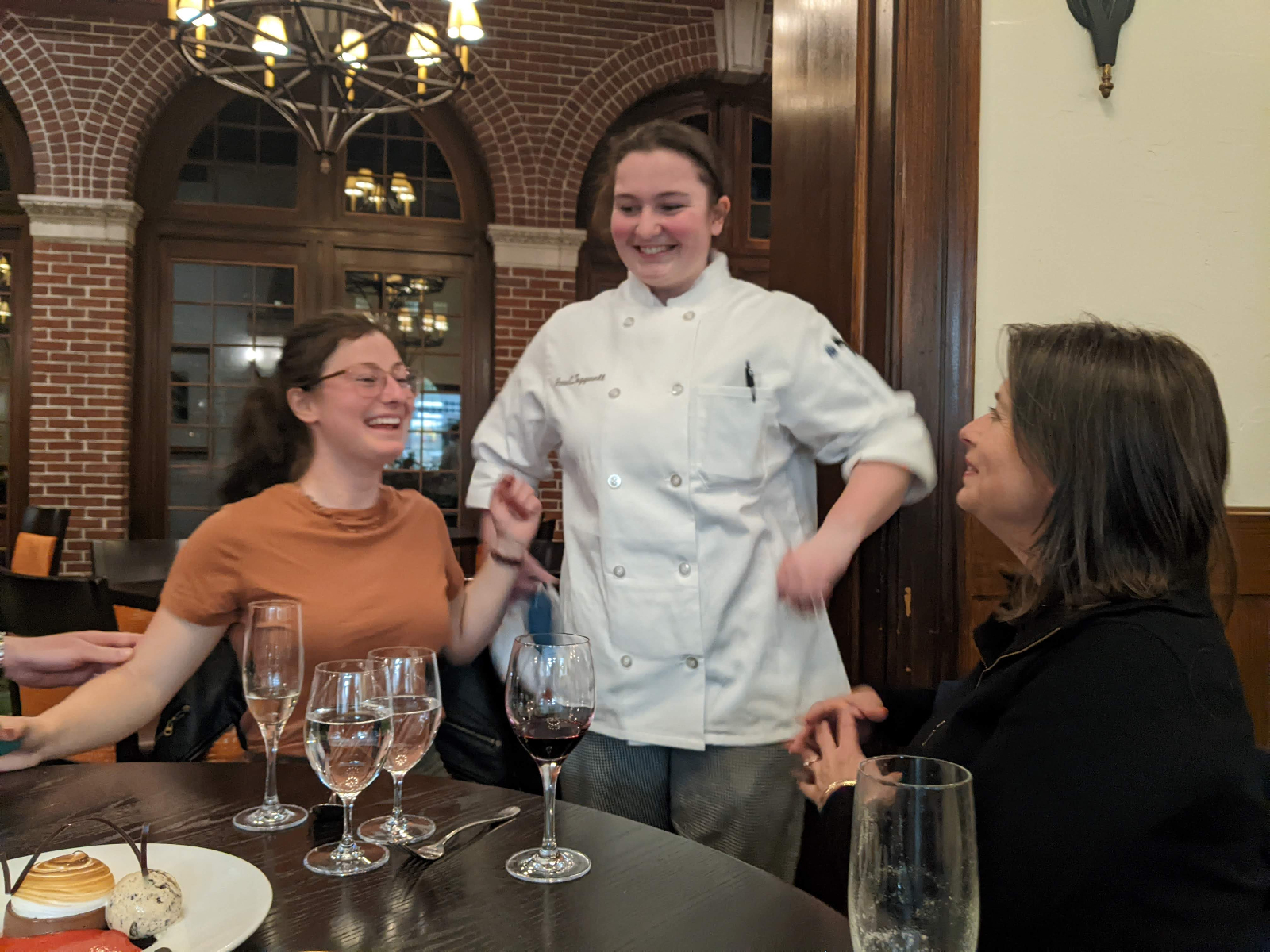
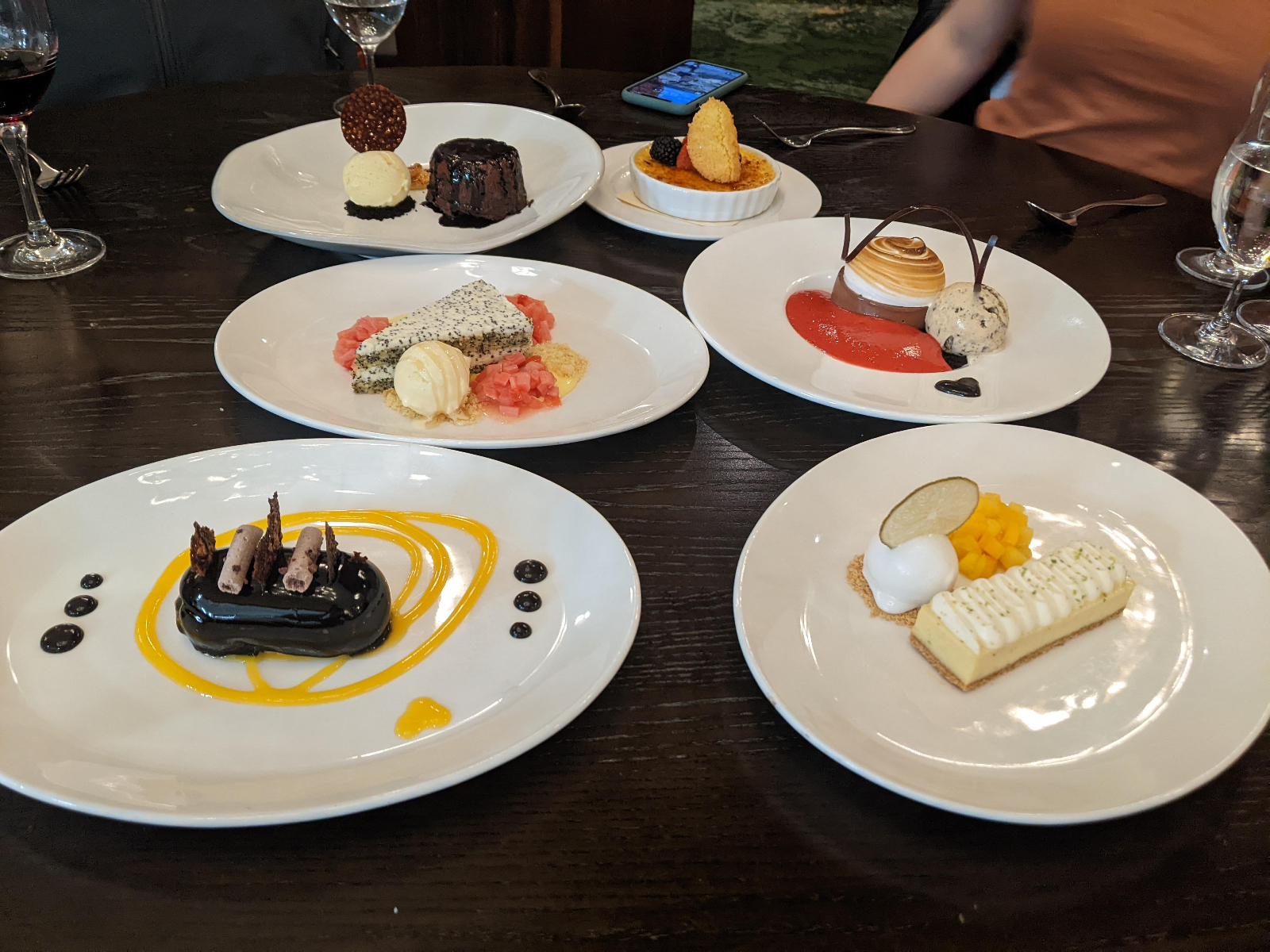
Graduation was the next morning. Anna’s boyfriend Will was there ahead of us to save seats and procure the extra ticket we needed. “Where there’s a Will, there’s a way,” I said, wittily. Everyone silently appreciated my joke.
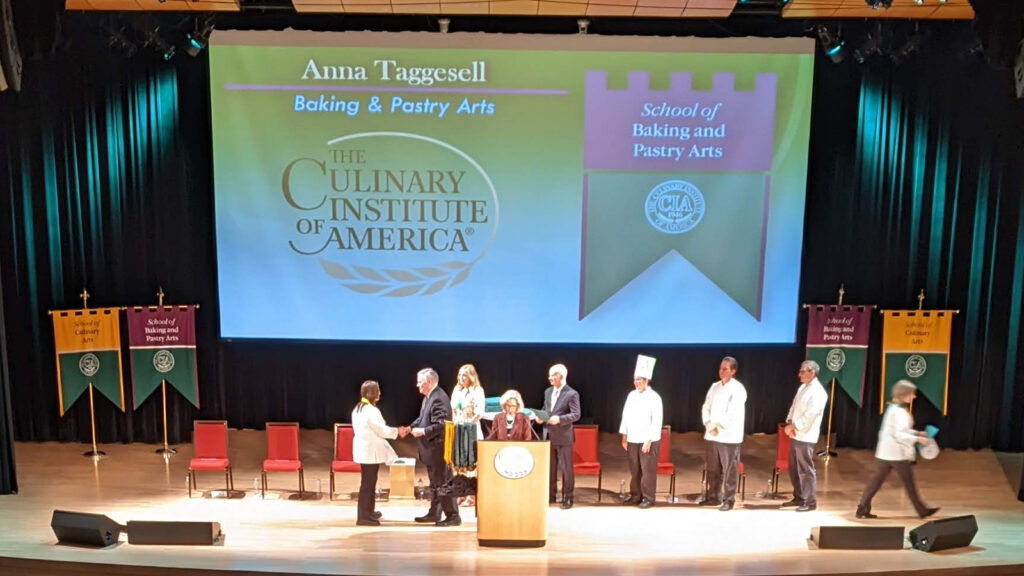
Afterward, there was a reception with a seemingly endless supply of free food catered by the students. Twelve tables of high-quality comestibles. In an all-you-can-eat situation, you have an obligation to eat all you can, and I believe I met that obligation.
But the day took a dark turn that evening when we took Anna back to her dorm. CIA Security had blocked off one of the entrances, but we couldn’t see that until we had turned off of the highway. Not wanting to back out onto the highway, Rick moved the barricade and we went through.
We were spotted by CIA Security, who followed us to the dorm in a car and one of those golf cart things. It was a little touchy at first, but the security guys were somewhat placated when they found out that Rick had replaced the barricade after we went through.
Really, it was just the guy in the car who seemed concerned. The guy in the cart was pretty mellow. (Eric: “I’m sorry we caused you all this trouble.” Security guy in cart: “Oh, I don’t care.”)
Fun fact: The security people have brass lapel pins that say C.I.A. SECURITY.

